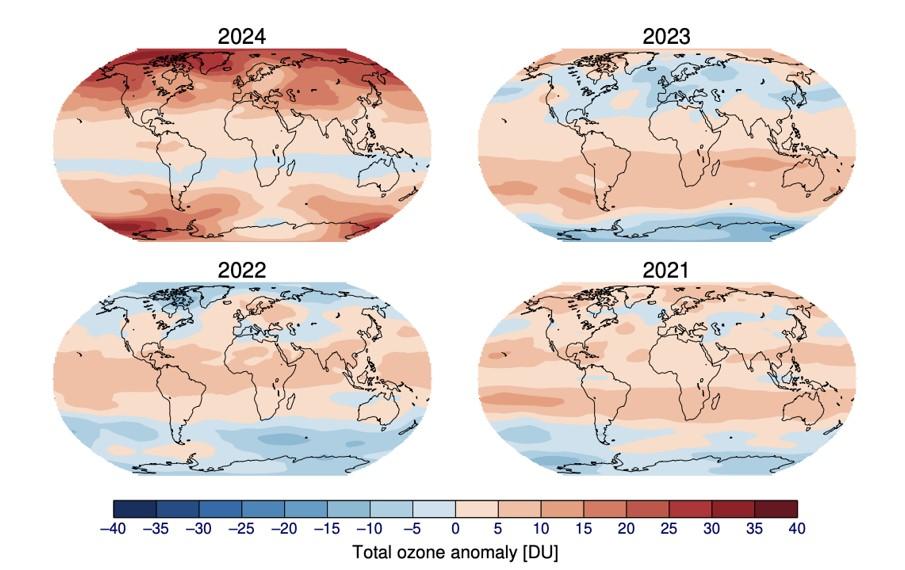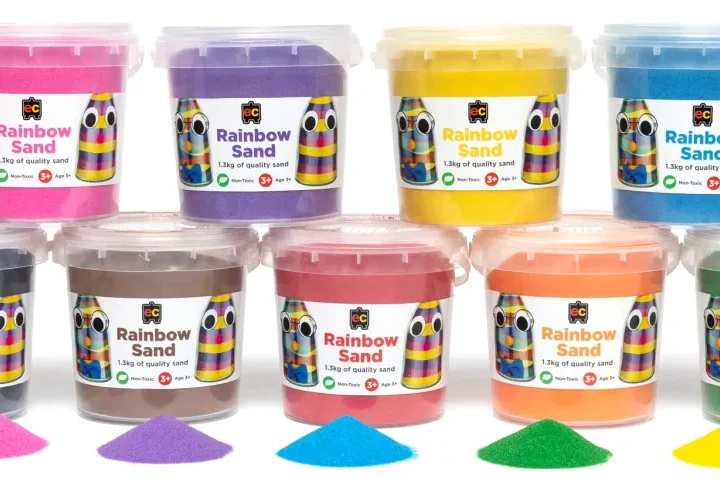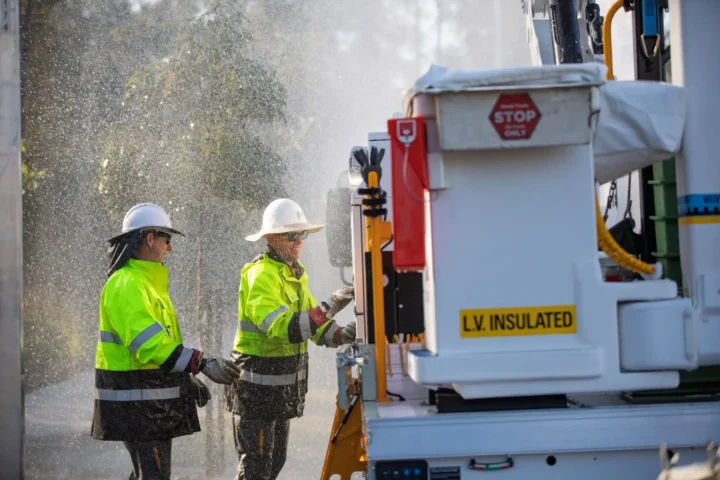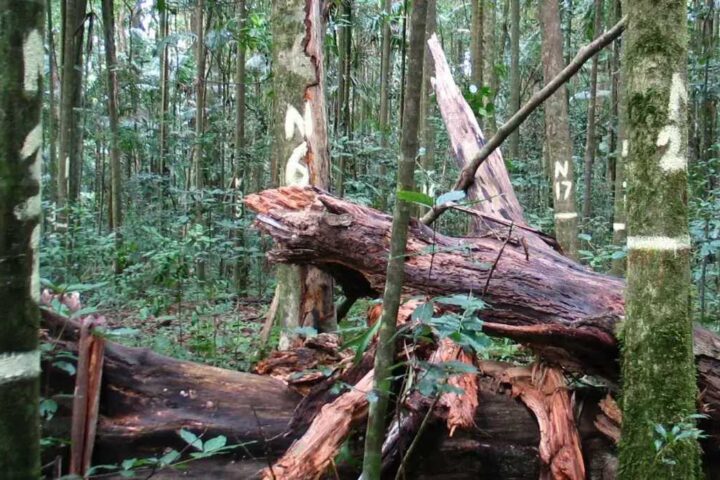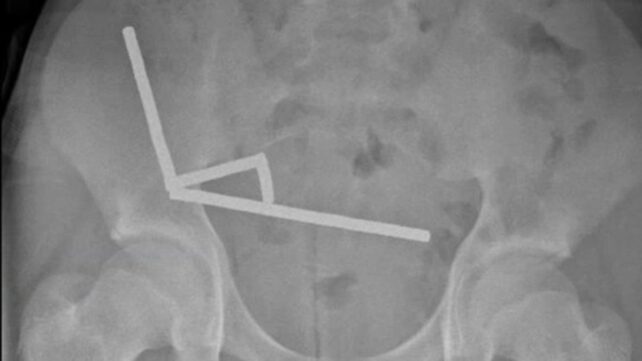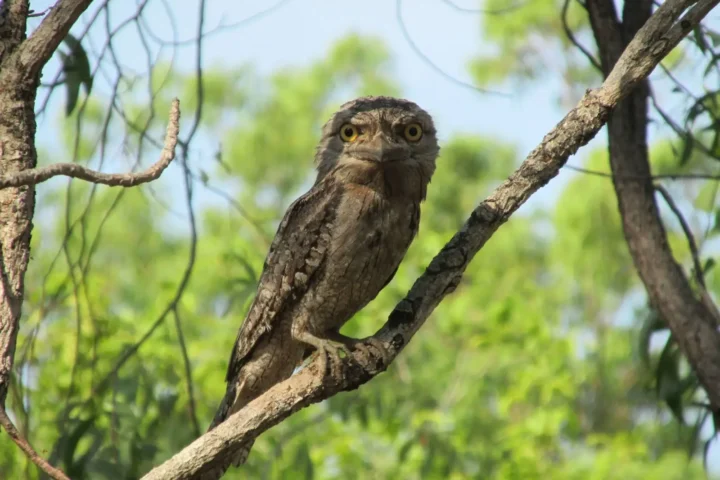Australia’s $15.5 Billion Grain Threat
Interactive Guide to the Khapra Beetle Emergency
What Is Khapra Beetle?
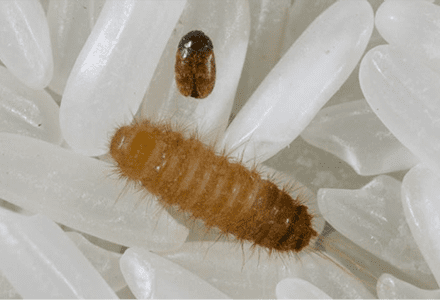
- Size: Tiny beetles (1.6-3mm long) with reddish-brown coloring :cite[5]
- Appearance: Oval-shaped with hairy bodies; larvae are golden-brown with distinctive hairs :cite[5]
- Behavior: Can survive for years with minimal food in small cracks and crevices :cite[3]
- Found: In Little One’s Ultra Dry Nappy Pants (Walker Size 5, 42-pack) from Woolworths :cite[3]:cite[5]
Lifecycle: Adults live 5-10 days, but larvae can survive up to 7 years in dormancy
Diet: Feeds on grains, dried fruits, nuts, and various stored products :cite[7]
Origin: Native to India but has spread worldwide :cite[5]
Status in Australia: Australia is currently free of established populations :cite[3]
Economic Impact Breakdown
Potential $15.5 Billion Industry Impact
Direct Damages
- Destruction of stored grain products
- Contamination requiring disposal
- Increased storage monitoring costs
- Treatment and eradication expenses
Trade Impacts
- Rejection of Australian exports :cite[5]
- Market access restrictions
- Increased compliance costs
- Loss of premium market position
“This is a pest that would have the same impact as a foot and mouth animal disease outbreak in Australia.” :cite[5]
— Xavier Martin, NSW Farmers President
What To Do If You Have Affected Products
DON’T OPEN OR DISPOSE
Keep the package closed to prevent spread :cite[3]
DOUBLE-BAG AND SEAL
Freeze if possible to kill larvae :cite[3]
DON’T RETURN TO STORES
This could spread the pest further :cite[3]
REPORT IMMEDIATELY
Call DAFF hotline: 1800 798 636 :cite[3]
How Khapra Beetles Spread
Common Pathways:
Shipping Containers
Grain Products
Consumer Goods
Shipping Containers
Beetles can survive in cracks, crevices, and floors of shipping containers for years with minimal food. They’re expert “hitchhikers,” traveling between countries unseen. :cite[3]
Grain Products
Infests stored grains, seeds, rice, and other dry food products. Can contaminate silos and storage facilities, making products inedible and triggering trade bans. :cite[7]
Consumer Goods
Can infest unexpected products like nappies, furniture, and packaging materials. Beetles seek tiny spaces to hide and can survive long journeys without food. :cite[3]:cite[5]
Khapra beetle larvae found in Woolworths nappies have triggered an urgent biosecurity response as authorities race to contain what NSW Farmers president Xavier Martin described as "the foot-and-mouth of grains."
The pest was detected in Little One's Ultra Dry Nappy Pants (Walker Size 5, 42-pack) on September 7, with national distribution through Woolworths stores. Agriculture Minister Julie Collins said about 1,500 of 2,000 cartons have been traced, with some still in circulation.
"If these pests establish in Australia, they could cost the grain industry an estimated $15.5 billion over 20 years," said DAFF's Chief Plant Protection Officer.
Container Hitchhikers
The larvae likely arrived as "hitchhikers" in shipping containers rather than from the manufacturing facility.
DAFF's Chief Plant Protection Officer Dr Gabrielle Vivian‑Smith said Spain is not a khapra beetle country and described khapra as a hitchhiker pest that can persist in contaminated containers with minimal food.
Ontex, the importer, has suspended facility operations at Eastern Creek for checks and confirmed no evidence of introduction during production. Woolworths has removed and quarantined all affected products from shelves.
Don't Bin Those Nappies
DAFF instructs consumers who purchased the affected product:
- Don't open or dispose of packages
- Double-bag, seal, and freeze if possible
- Call DAFF hotline: 1800 798 636
- Report through the official DAFF portal
Similar Posts
DAFF advises not to return the product to stores and to secure the goods to prevent potential spread.
While the beetle can cause skin irritation in some people, the primary concern remains agricultural biosecurity.
Trade Implications
NSW Farmers have highlighted potential trade ramifications if khapra establishes in Australia; detection and establishment can lead trading partners to reject affected stored products and impose restrictions.
Grain Producers Australia advises a fact-guided approach, emphasizing that Australia currently remains officially khapra beetle free.
DAFF continues coordinating with state agencies, retailers, and importers to trace all potentially affected products. The national priority status means significant resources have been deployed for containment.

The detection was reported on September 7 and subsequently handled through Australia's biosecurity system, which screens imported goods for pests and coordinates tracing and containment.
The report discussed the detection of khapra beetle larvae in baby nappies and the response to protect Australia's grain industry.
